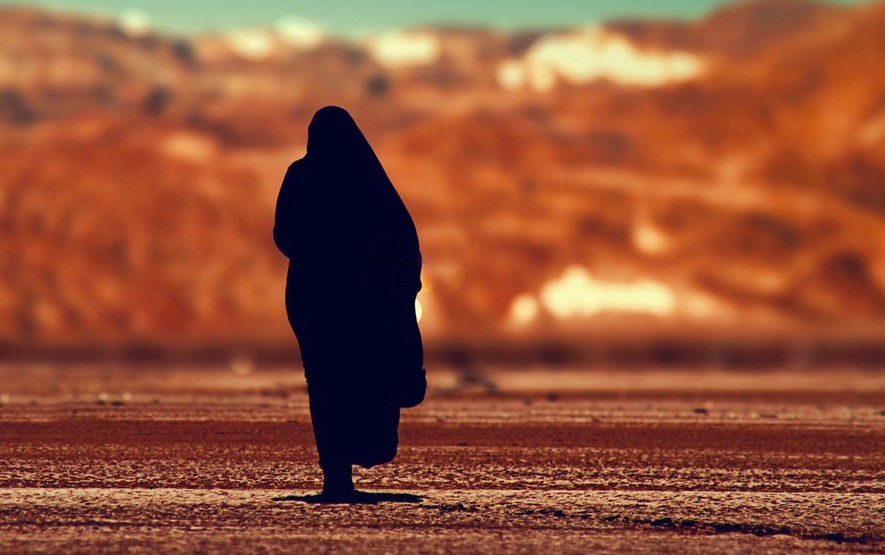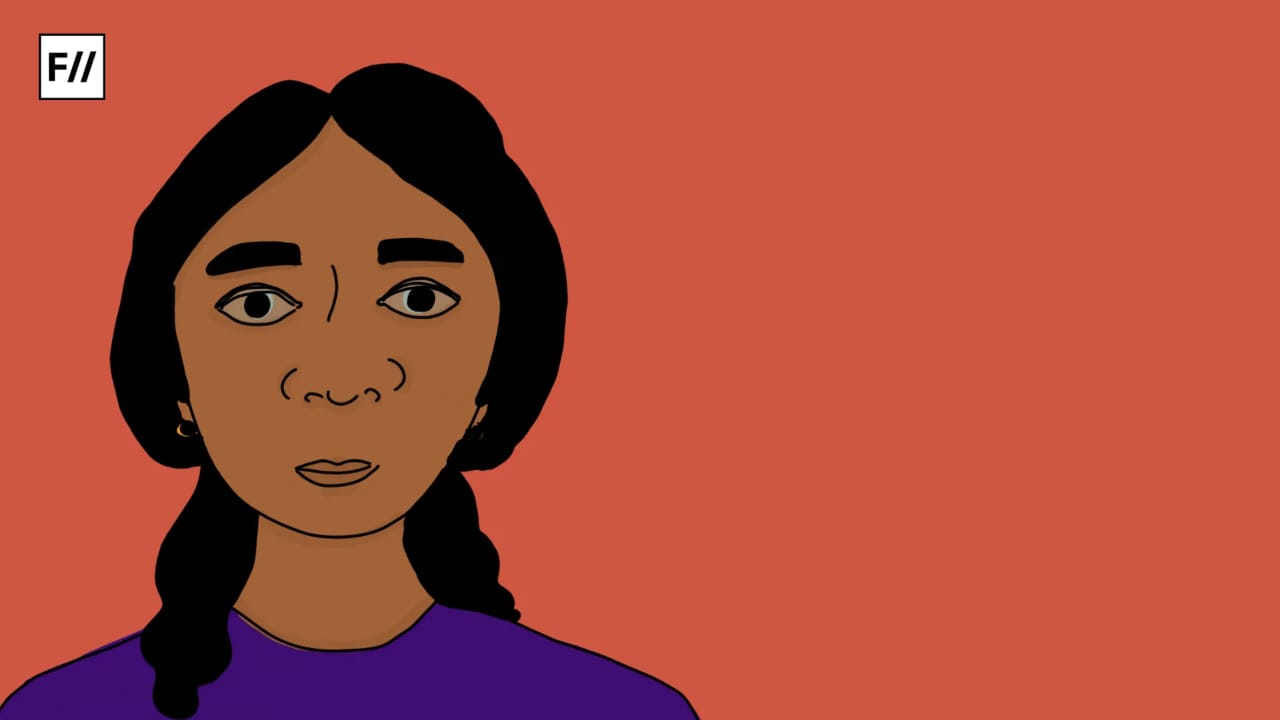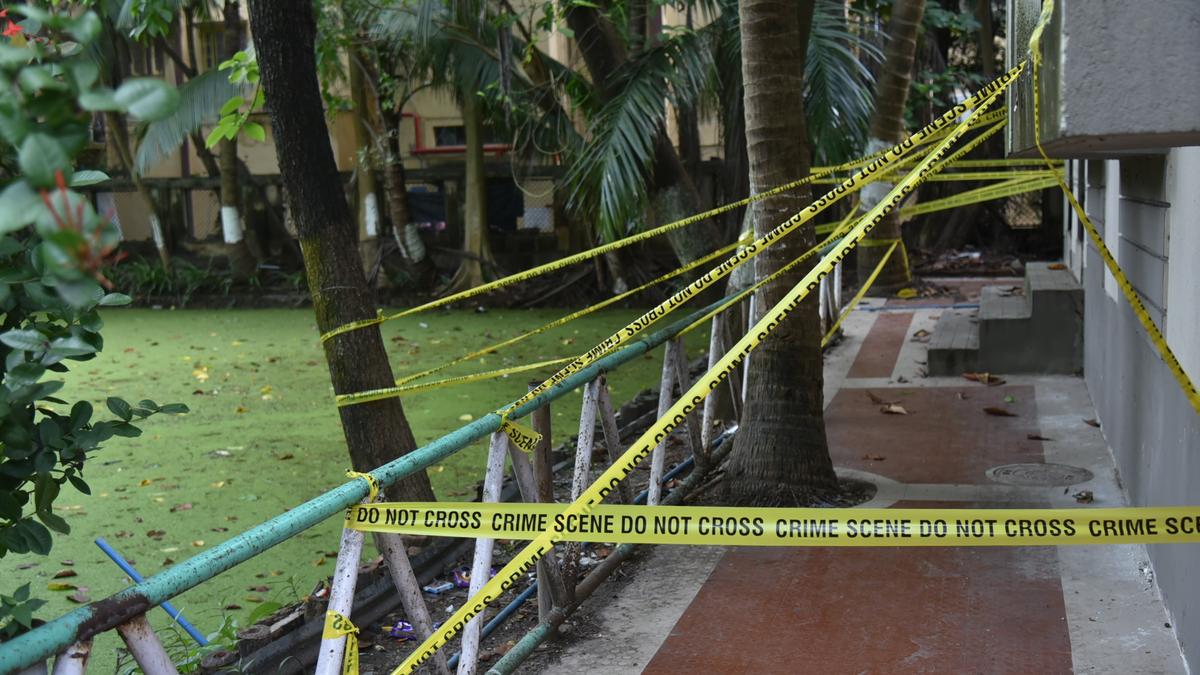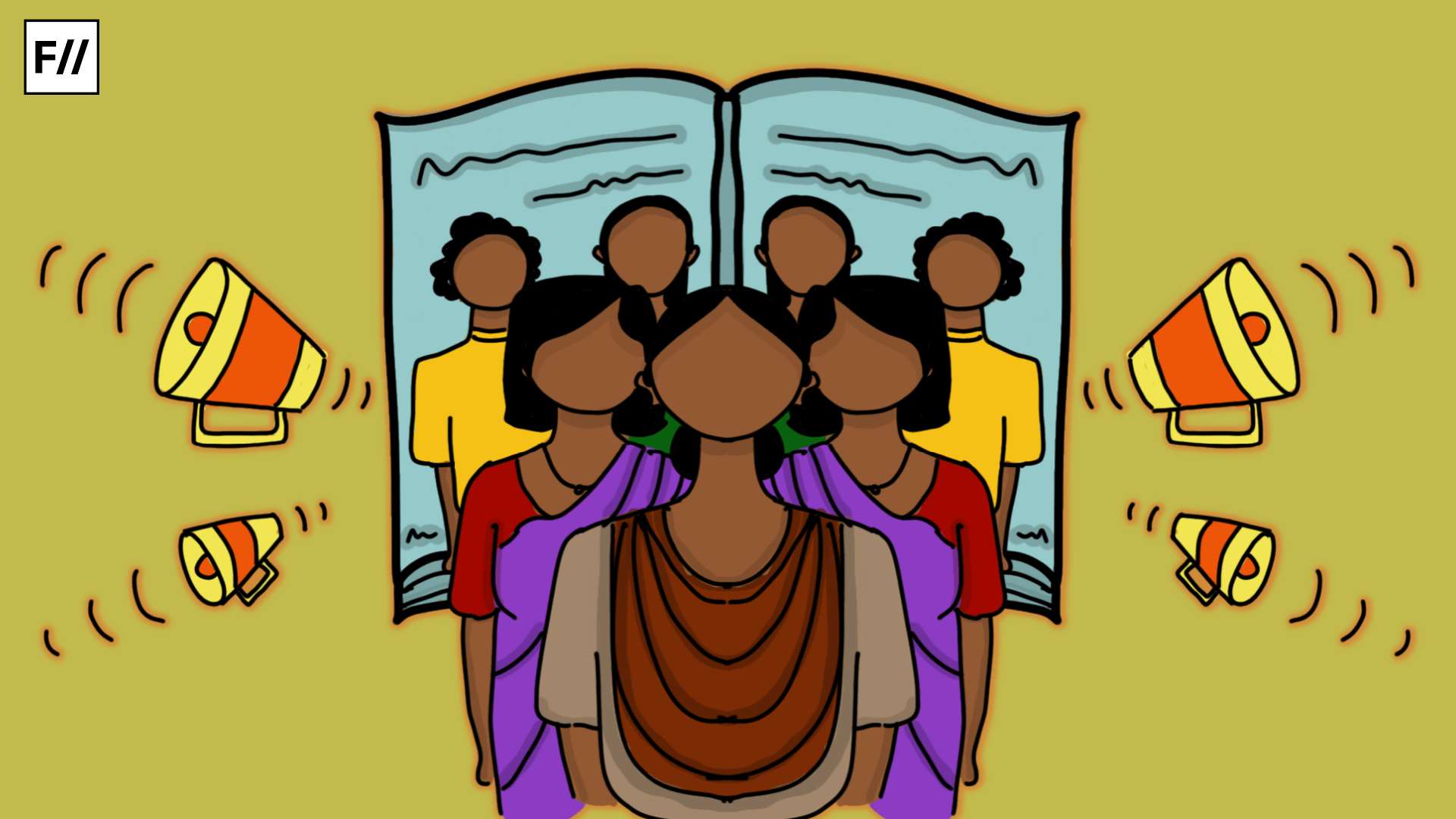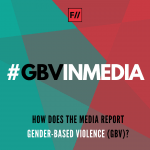 Editor’s Note: This article is a part of FII’s #GBVinMedia Campaign, which interrogates mainstream media’s reportage of gender-based violence from an intersectional feminist perspective. FII has created the #GBVinMedia toolkit as a guide for journalists and media professionals to report gender-based violence sensitively and ethically. If you wish to get in touch regarding this campaign, please email asmita@feminisminindia.com.
Editor’s Note: This article is a part of FII’s #GBVinMedia Campaign, which interrogates mainstream media’s reportage of gender-based violence from an intersectional feminist perspective. FII has created the #GBVinMedia toolkit as a guide for journalists and media professionals to report gender-based violence sensitively and ethically. If you wish to get in touch regarding this campaign, please email asmita@feminisminindia.com.Posted by Ayush Rawat
Not many will argue with the logic that newspapers report rape and sexual violence to create public awareness. But the way such incidents are reported, does it help to adequately inform the public? Does it give us a better understanding of the life around us and allow us to have informed discussions?
Going through recent news coverage, I found that the majority of rapes are reported by the news media within three days of the incident. For their initial reports, the reporters don’t seem to have much to go by except information from the police (see this report, for instance). In some cases, reporters do manage to speak to the family of the survivor, but it is often a male member who speaks to the media. I looked at 14 recent rape reports in The Indian Express for this article, and only a few on the Kathua case featured statements from a woman. In the Kathua case, it was the legal counsel, Deepika Rajawat.
In some cases, reporters do manage to speak to the family of the survivor, but it is often a male member who speaks to the media.
Another report demonstrates the police’s understandable preoccupation with professional metrics. Much of the article was about how efficiently they did their job. Admittedly, this is important too, as it reassures the public about their safety — but missing in all this, in most news stories, is the survivor’s voice. This is often because survivors are too traumatised to speak to the media (or there are legal and other confidentiality issues involved), and even where there is a statement from the survivor’s side, it is usually provided by family members or outsiders. In the case involving Asaram, for instance, the father spoke for the survivor.
Also read: The Spectre Of False Rape Cases And How The Media Perpetuates It
Given the above, it looks like most rape reports in the news media present an incomplete picture. The public perception of rape, however, depends heavily on how it is reported. But due to the reliance on indirect testimonies and the informational asymmetry that characterises the news reporting of a traumatic incident, an accurate and sensitive representation is near to impossible.
But due to the reliance on indirect testimonies and the informational asymmetry that characterises the news reporting of a traumatic incident, an accurate and sensitive representation is near to impossible.
This brings up the question of how we can do better. Given the inherent limitations of news reporting and the sensitivities involved in sexual violence cases, what can reporters do to keep the public better informed?
Perhaps it is time we asked a more fundamental question: why do we report rape?
Is it to hold power to account? Is it to create public outrage and effect a social change? Is it to sell more newspapers? Or for all of these?
Also read: Capital Punishment For Rape: The Death Of A Debate | #GBVinMedia
Understanding the motives might perhaps help us understand what we would want to see — what we need, in fact— in our news coverage.
This article was first published by NewsTracker, part of the Media Action Against Rape project.
Featured Image Source: Photo by Mohamed Nohassi on Unsplash
About the author(s)
Media Action Against Rape is a research and capacity building project led by Bournemouth University, UK, and UNESCO, New Delhi. A 20-month academic study, it seeks to offer news media solutions to combat rape culture. MAAR runs NewsTracker, a web site that scrutinises the representation of sexual violence in the Indian news media.
